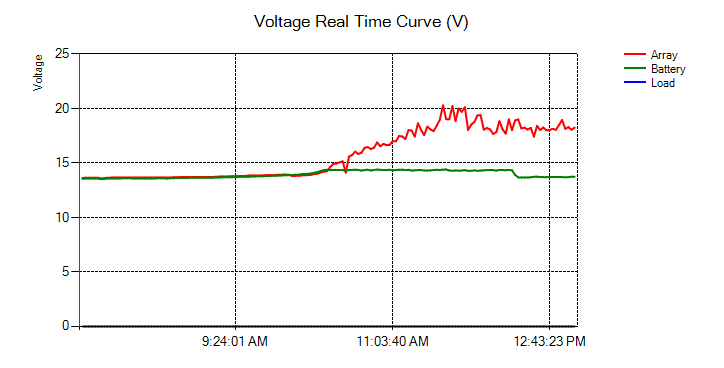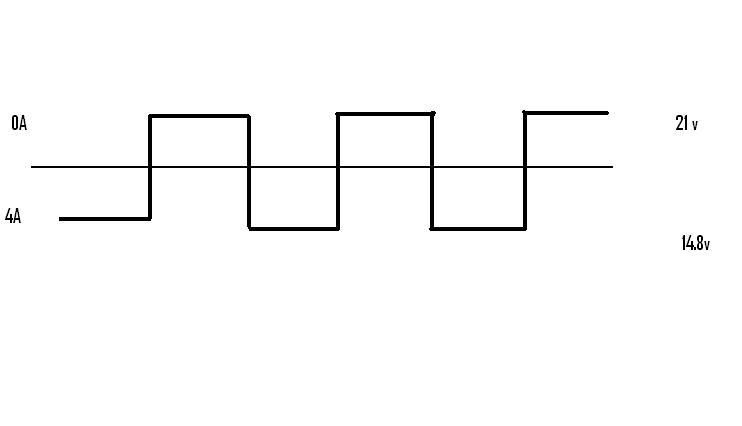All_I_could_aff
Feb 28, 2016Explorer
Solar controller selection for existing pannels
I recently acquired several pieces of road construction type equipment. Each unit was equipted with either five 90 watt solar pannels, or six 75 watt panels (450 watts either way). The charge controller on all of the units is the same model, but seemingly very basic. See attached pictures.
I don't believe the controllers are working properly. In full sun, with my multimeter on the terminals coming from the pannels I am showing about 18 volts, as expected. However, I am showing the exact same voltage on the terminals going to the battery compartment. I would have expected to see output aroun 13 or 14 volts.
I plan on buying a more modern controler at some point, but was hoping to get it working first with the existing parts, but now I'm uncertain.
If anyone has any thoughts on this particular 15 year old controller, or recommendations for a modern controller, I'd appreciate it. Keep in mind I plan on starting with 3 of these panels installed, but I think I want a controller with the ability to handle 5 or six of these panels.


I don't believe the controllers are working properly. In full sun, with my multimeter on the terminals coming from the pannels I am showing about 18 volts, as expected. However, I am showing the exact same voltage on the terminals going to the battery compartment. I would have expected to see output aroun 13 or 14 volts.
I plan on buying a more modern controler at some point, but was hoping to get it working first with the existing parts, but now I'm uncertain.
If anyone has any thoughts on this particular 15 year old controller, or recommendations for a modern controller, I'd appreciate it. Keep in mind I plan on starting with 3 of these panels installed, but I think I want a controller with the ability to handle 5 or six of these panels.



